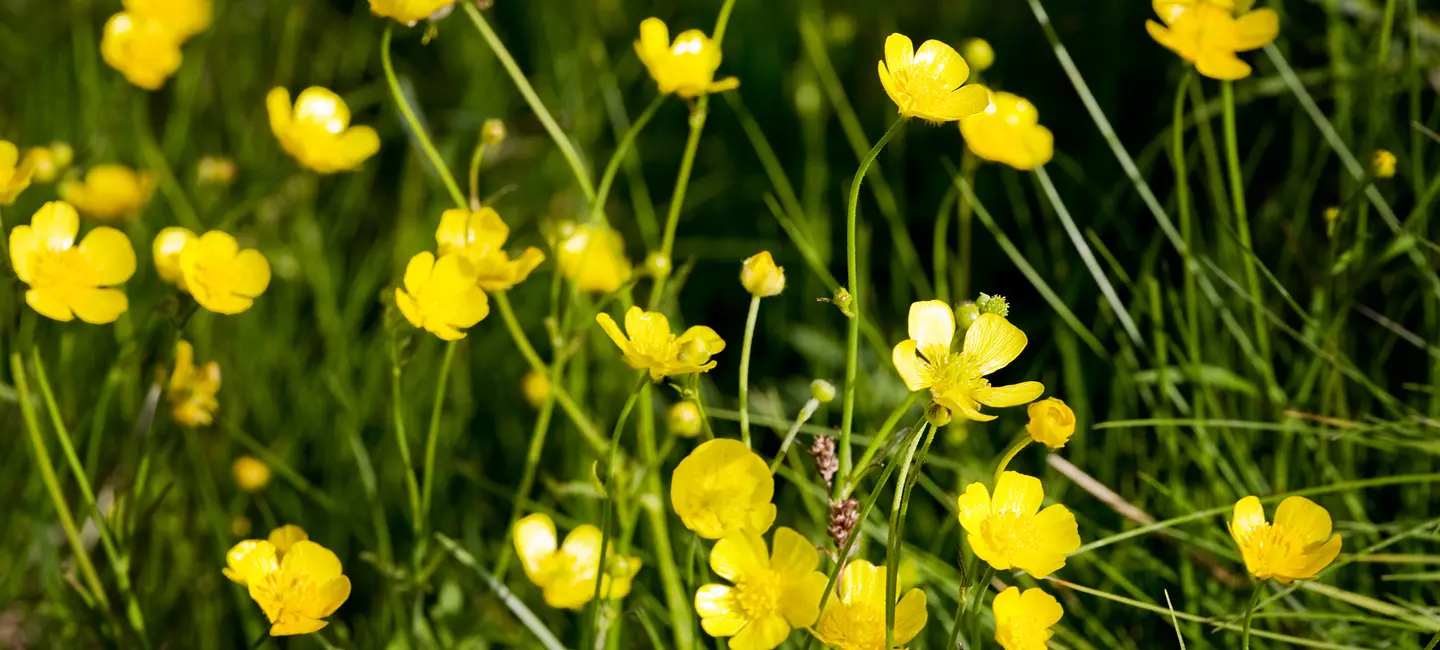
Bulbous buttercup is a flowering plant. It grows in parts of Europe and the U.S. The whole plant, including the root, is used to make medicine.
Bulbous buttercup is used in homeopathic amounts for skin diseases, arthritis, nerve pain, flu (influenza), and other conditions, but there is no good scientific evidence to support these uses. In more concentrated doses (i.e., non-homeopathic amounts), bulbous buttercup can be unsafe.
Be careful not to confuse bulbous buttercup with buttercup or poisonous buttercup. Also avoid confusion with lesser celandine and amaranth. Like bulbous buttercup, celandine and amaranth are sometimes called pilewort.
Is It Effective?
NatMed Pro rates effectiveness based on scientific evidence according to the following scale: Effective, Likely Effective, Possibly Effective, Possibly Ineffective, Likely Ineffective, Ineffective, and Insufficient Evidence to Rate.
- Skin diseases.
- Arthritis.
- Gout.
- Nerve pain.
- Flu (influenza).
- Swelling (inflammation) of membranes that protect the brain and spinal cord (meningitis).
- Other conditions.
More evidence is needed to rate the effectiveness of bulbous buttercup for these uses.
Is it Safe?
There is not enough information to know how bulbous buttercup might work.
When taken by mouth: Bulbous buttercup is LIKELY UNSAFE when taken by mouth. It is very irritating to the lining of the urinary and digestive tracts, causing stomach pain and diarrhea.
When applied to the skin: Bulbous buttercup is LIKELY UNSAFE when applied to the skin. Extended skin contact with bulbous buttercup can cause hard-to-heal skin blisters and burns.
Special Precautions & Warnings:
Pregnancy and breast-feeding: It's LIKELY UNSAFE for anyone, especially pregnant or breast-feeding women, to use bulbous buttercup. When taken by mouth, it can irritate the digestive and urinary tracts, and when applied to the skin, it can cause irritation.
It is not known if Bulbous Buttercup interacts with any medicines. Before taking Bulbous Buttercup, talk with your healthcare professional if you take any medications.
There are no known interactions with herbs and supplements.
There are no known interactions with foods.
The appropriate dose of bulbous buttercup depends on several factors such as the user's age, health, and several other conditions. At this time there is not enough scientific information to determine an appropriate range of doses for bulbous buttercup. Keep in mind that natural products are not always necessarily safe and dosages can be important. Be sure to follow relevant directions on product labels and consult your pharmacist or physician or other healthcare professional before using.
Bouton d'Or Bulbeux, Crowfoot, Cuckoo Buds, Frogsfoot, Frogwort, Goldcup, Hierba Velluda, King's Cup, Meadowbloom, Pied-de-Coq, Pied-de-Corbin, Pilewort, Ranúnculo Bulboso, Ranunculus bulbosus, Rave de Saint-Antoine, Renoncule Bulbeuse, St. Anthony's Turnip.
Information on this website is for informational use only and is not intended to replace professional medical advice, diagnosis, or treatment. While evidence-based, it is not guaranteed to be error-free and is not intended to meet any particular user’s needs or requirements or to cover all possible uses, safety concerns, interactions, outcomes, or adverse effects. Always check with your doctor or other medical professional before making healthcare decisions (including taking any medication) and do not delay or disregard seeking medical advice or treatment based on any information displayed on this website.
© TRC Healthcare 2024. All rights reserved. Use and/or distribution is permitted only pursuant to a valid license or other permission from TRC Healthcare.
